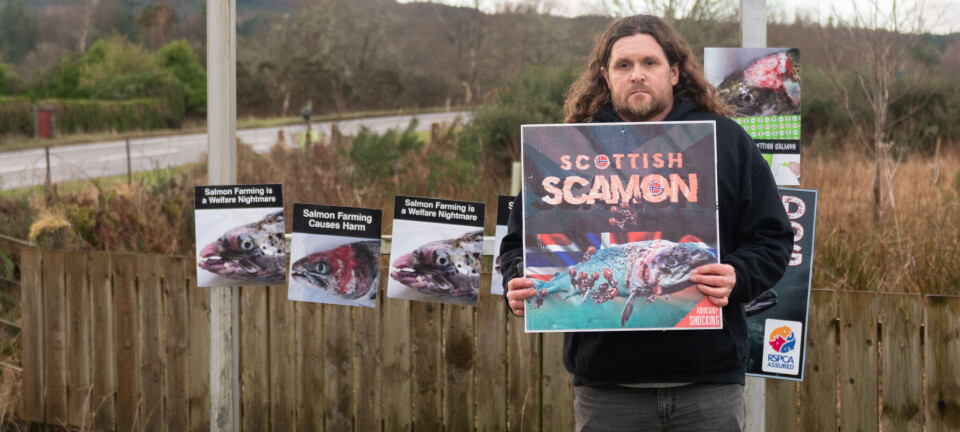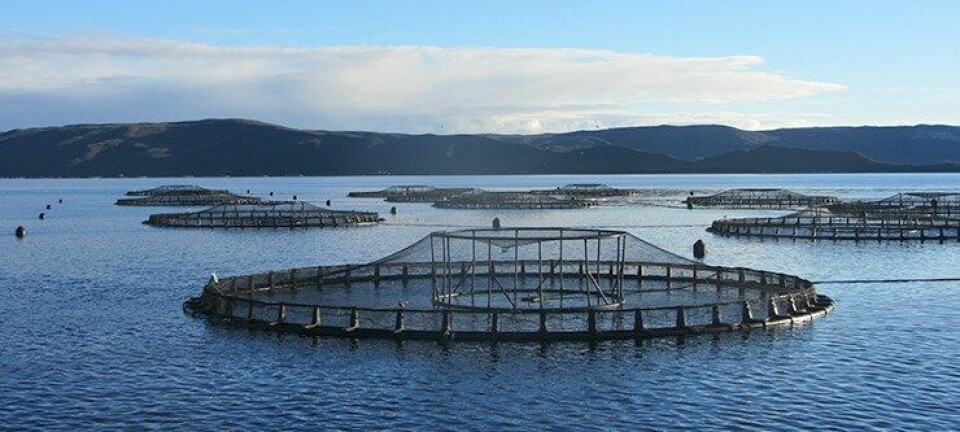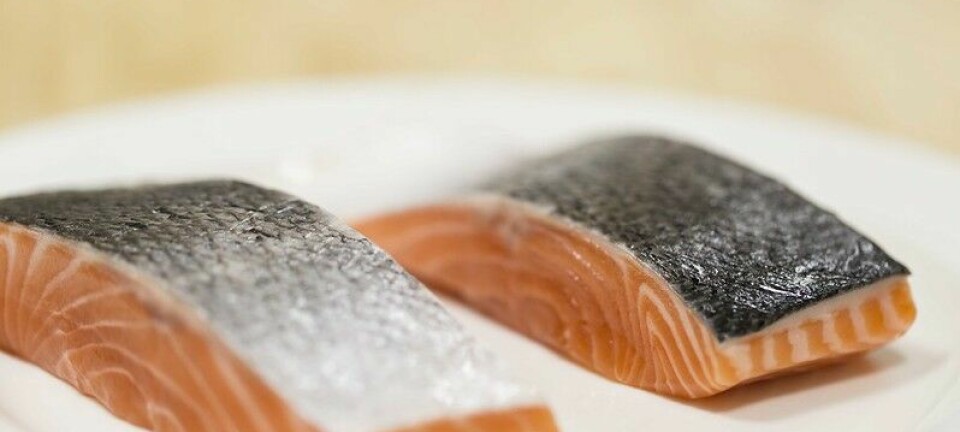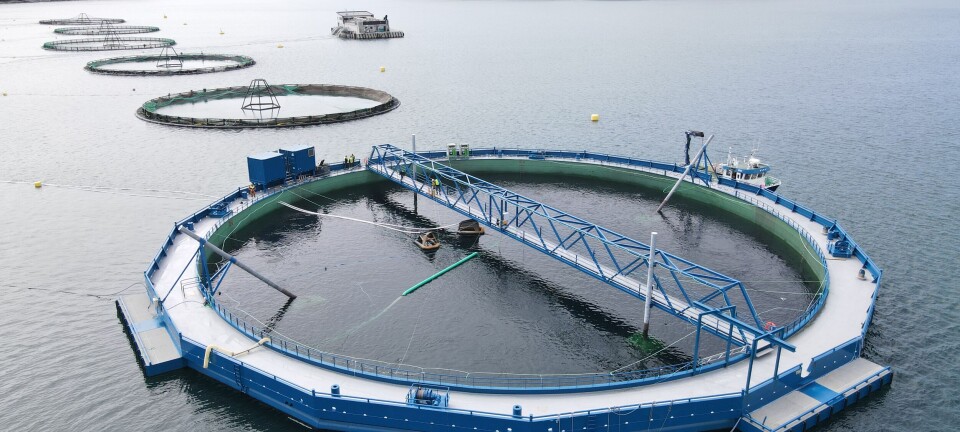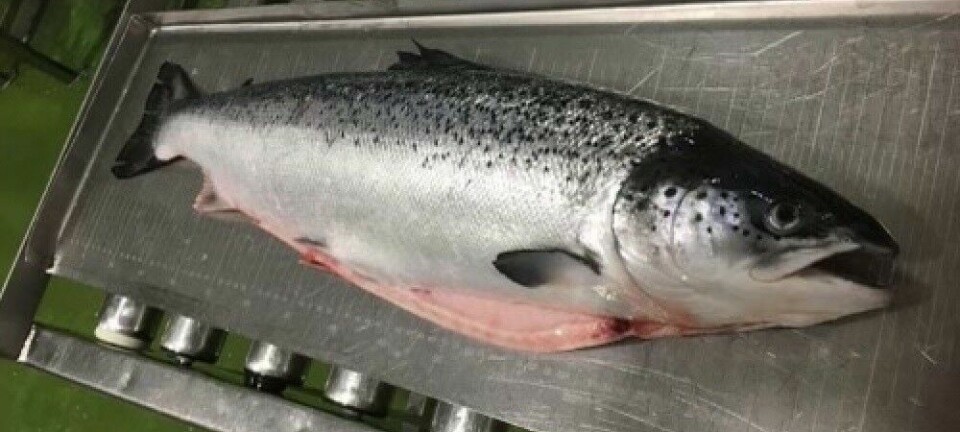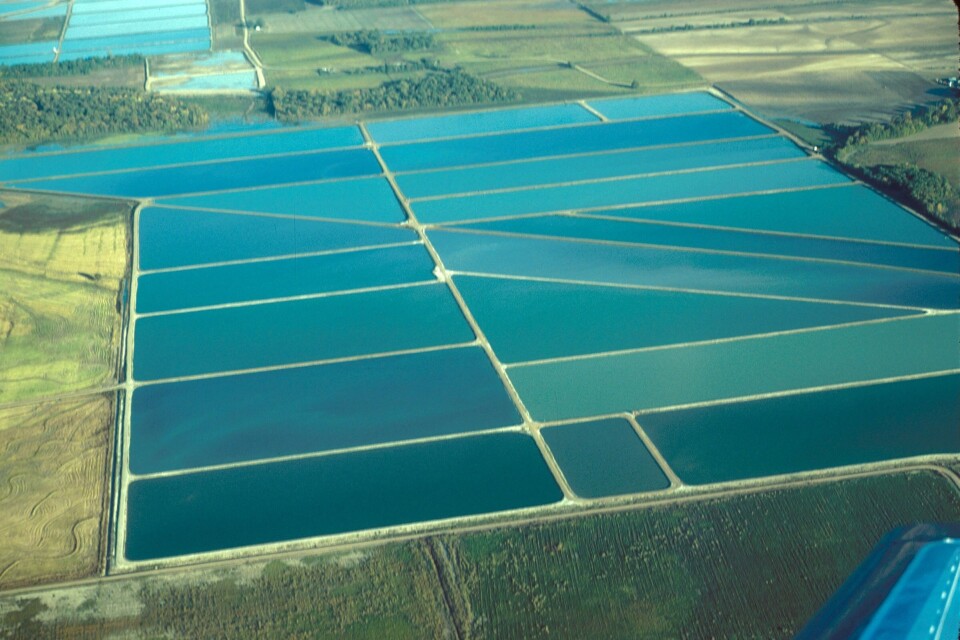
Aquaculture being pursued on the Arabian Peninsula
Odd Grydeland
A shrimp farm on the Arabian Peninsula is large enough to be seen from space, and in the conference host country of Oman on the south-west coast of the peninsula, investors have been trying to establish another facility for the production of shrimp, using some 5,000 acres of desert land. Other projects being contemplated in the region is the production of microalgae for use in the bio-energy business. With its relatively unprotected coastline, operations like pond culture of shrimp makes a lot of sense, but other technologies and species are also being contemplated, as this article from the Times of Oman reports from Muscat;
| The two-day international conference on the development of aquaculture sector, organised by the Ministry of Agriculture and Fisheries, opened at the Al Bustan Palace Hotel yesterday under the auspices of His Highness Sayyid Haitham bin Tariq Al Said, minister of heritage and culture. Speaking at the inauguration, Fuad Jaffer Al Sajwani, minister of agriculture and fisheries said that it has always been the vision of His Majesty Sultan Qaboos bin Said to modernise the fishing sector. ”With clear waters, rich with marine wealth, Oman offers exciting opportunities for investment in aquaculture sector. The Ministry of Agriculture and Fisheries aim to establish a single-window clearance agency in association with the relevant ministries for those who want to participate in the development of aquaculture in Oman. We have a firm belief that Oman can play a major role in the world in the development of aquaculture. The government attaches great importance to entrepreneurs as we have for them an incentive-based programme to empower them with financial and technical support. Investment opportunities are many on the aquaculture front. And so we invite investors to participate in the development of aquaculture in Oman,” he added. Shrimp production Professor Sena De Silva from School of Life and Environmental Sciences, Deakin University, Australia spoke on current global trends in commercial aquaculture. He said, “Fish is the most globally traded agriculture commodity for the developing world. Fish changed from hunted to a farmed supply. The global average fish consumption is 17.18kg per capita per year, while for Asia stands at 28kg/capita/year and aquaculture accounts for over 50 per cent of global food fish consumption.” “Aquaculture production globally stood at 68.3 million tonnes valued at $106 billion (~€79.2 billion) in 2008 with an annual average growth rate at 8 per cent since 1970. The aquaculture contains 336 species of animals and plants representing 115 families,” added Sena. “Oman is an aquaculturally emerging nation with a developed sustainable economically viable sector. Total aquaculture landing in Oman is estimated at 128 tonnes while the total fish landing stood at 164,055 tonnes for a total value at RO117.8 million(~€228 million),” he said. Speaking on suitable sites for aquaculture in Oman, Fahad Saleh Ebrahim from Ministry of Agriculture and Fisheries, said, “The ministry has conducted two major surveys of the Omani coastline with reference to potential sites for aquaculture. The results of the second survey were published last year and an atlas guide detailing these sites has been published.” Aquaculture production in Oman has been dominated by sea cage farming of gilthead sea bream although a recently pond-based shrimp culture has developed. At present, the largest aquaculture company in Oman is the Asmak, which owns sea cages near Quriyat. Shrimp farming is undertaken by a private company Bentoot Sea Food Products which initiated production in 2007. The farm which is operated as a pilot project is located near Ras Bintawt. Shrimp production reached a steady output of 85 tonnes between 2007 and 2008. Local market Most aquaculture production is dedicated to local market. There is a need to give priority to the development of modern re-circulating aquaculture systems to secure production. Gilthead sea bream and tilapia production might be considered as priority species due to the availability of standardised and secure culture system management and hatchery practices. There is also a strong interest in finfish production in sea cages. Traditional cage farming requires a relatively low initial investment but the recommended production capacity of the culture system should reach 100 tonnes per year. However, the current average annual catch of around 164,055 tonnes from the Omani seas is quite low when compared to the estimated marine resources of five million tonnes. The industry is impressively large and the growth potential is very promising. It is also vital for the maintenance of the community structure and the economic well-being of its residents. |




